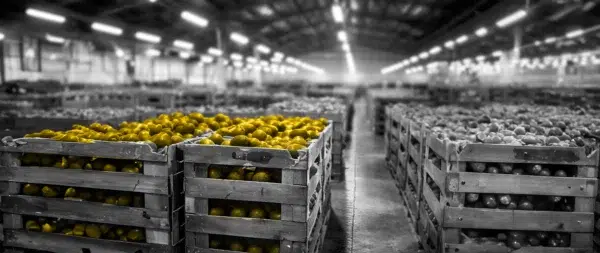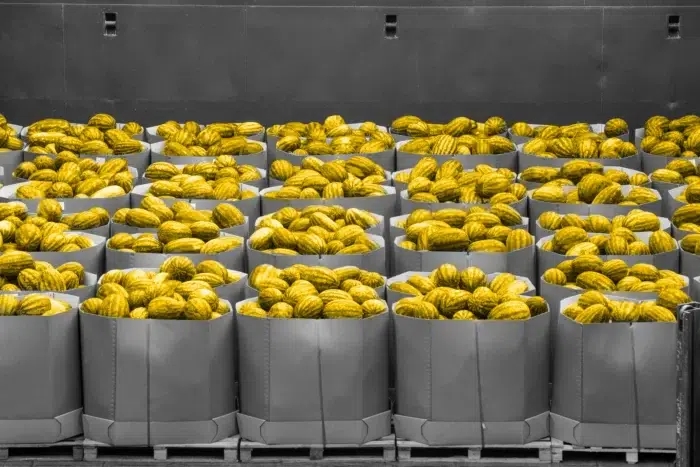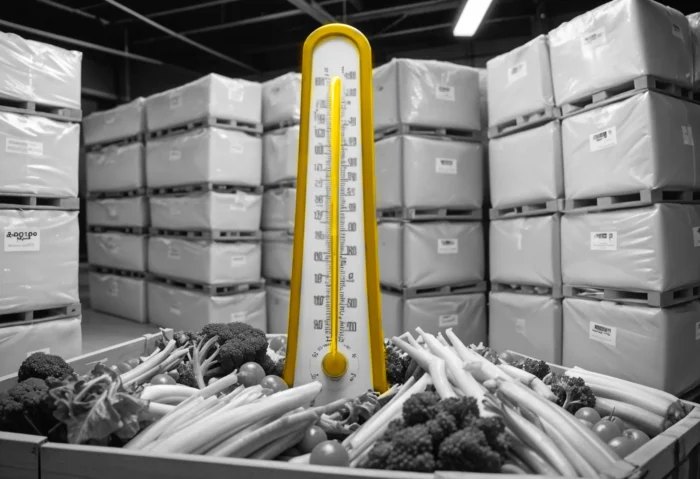
The Crucial Role of Documentation and Pulping in Produce Shipping
July 17, 2024

Shipping fresh produce is a complex and delicate process that demands precision, attention to detail, and thorough documentation. To ensure that fruits and vegetables reach their destination in optimal condition, two critical practices stand out: meticulous documentation and the use of pulping techniques.
These elements are indispensable in maintaining the quality and safety of produce during transit, safeguarding against spoilage, and ensuring compliance with regulatory standards.


The Importance of Documentation in Produce Shipping
1. Traceability and Accountability:
- Supply Chain Visibility: Detailed documentation provides a clear trail of the produce from the farm to the final destination. This traceability is vital for identifying the source of any issues that may arise, such as contamination or spoilage.
- Accountability: Proper records ensure that all parties involved in the shipping process, from growers to transporters to retailers, are accountable for their roles. This helps in maintaining high standards and swiftly addressing any problems.
2. Regulatory Compliance:
- Food Safety Standards: Compliance with food safety regulations, such as those enforced by the FDA and USDA, requires precise documentation. Records of temperature control, handling procedures, and transport conditions are crucial for meeting these standards.
- Customs and Inspections: International shipments must comply with the importing country’s regulations. Comprehensive documentation facilitates smooth customs clearance and reduces the risk of delays or rejections.
3. Quality Assurance:
- Condition Monitoring: Detailed records of the produce’s condition at various points in the supply chain help ensure that quality is maintained. This includes documenting the temperature, humidity levels, and handling practices.
- Preventing Spoilage: Documentation allows for the early identification of potential issues, such as temperature fluctuations or mishandling, which can lead to spoilage. Proactive measures can then be taken to mitigate these risks.
Subscribe!
Subscribe to receive the latest articles, newsletters, whitepapers, and industry news directly to your inbox.
"*" indicates required fields
The Role of Pulping in Produce Shipping
1. Temperature Verification:
- Pulping Technique: Pulping involves inserting a temperature probe into the flesh (pulp) of the fruit or vegetable to accurately measure its internal temperature. This method provides a more precise reading than external temperature checks, which can be influenced by ambient conditions.
- Ensuring Optimal Conditions: By verifying the internal temperature, shippers can ensure that the produce is being transported under optimal conditions, preventing spoilage due to out of range temperature.
2. Maintaining Freshness
- Ripeness and Quality: Pulping helps monitor the ripeness and overall quality of the produce. This is particularly important for items that continue to ripen post-harvest, such as bananas and avocados.
- Shelf-Life Extension: By maintaining the correct temperature, pulping helps extend the shelf life of the produce, ensuring it reaches consumers in the best possible condition.
3. Preventing Claims and Disputes:
- Evidence-Based Monitoring: Pulping provides concrete data on the produce’s condition throughout the shipping process. This data is invaluable in resolving disputes and claims related to spoilage or damage.
- Building Trust: Consistent use of pulping techniques demonstrates a commitment to quality, building trust with customers and partners in the supply chain.

Implementing Best Practices
1. Training and Education:
- Staff Training: Ensuring that all staff involved in the shipping process are trained in proper documentation and pulping techniques is essential. This includes understanding the importance of these practices and how to execute them correctly.
- Ongoing Education: Regular updates and training sessions help keep staff informed about the latest standards, technologies, and best practices in produce shipping.
2. Technology and Tools:
- Advanced Monitoring Systems: Utilizing advanced temperature monitoring systems and data loggers can enhance the accuracy and reliability of documentation and pulping.
- Digital Documentation: Implementing digital documentation systems can streamline the process, reduce errors, and ensure that records are easily accessible and shareable.
3. Standard Operating Procedures (SOPs):
- Developing SOPs: Creating detailed SOPs for documentation and pulping helps ensure consistency and reliability in the shipping process.
- Regular Audits: Conducting regular audits and reviews of these procedures helps identify areas for improvement and ensures ongoing compliance with standards.
The successful shipping of fresh produce hinges on meticulous documentation and the effective use of pulping techniques. These practices are crucial for maintaining the quality and safety of produce, ensuring regulatory compliance, and fostering trust within the supply chain. By prioritizing these elements, shippers can safeguard against spoilage, enhance customer satisfaction, and ultimately contribute to a more reliable and efficient produce supply chain.
Contact us to book your next produce shipment with TRAFFIX!

